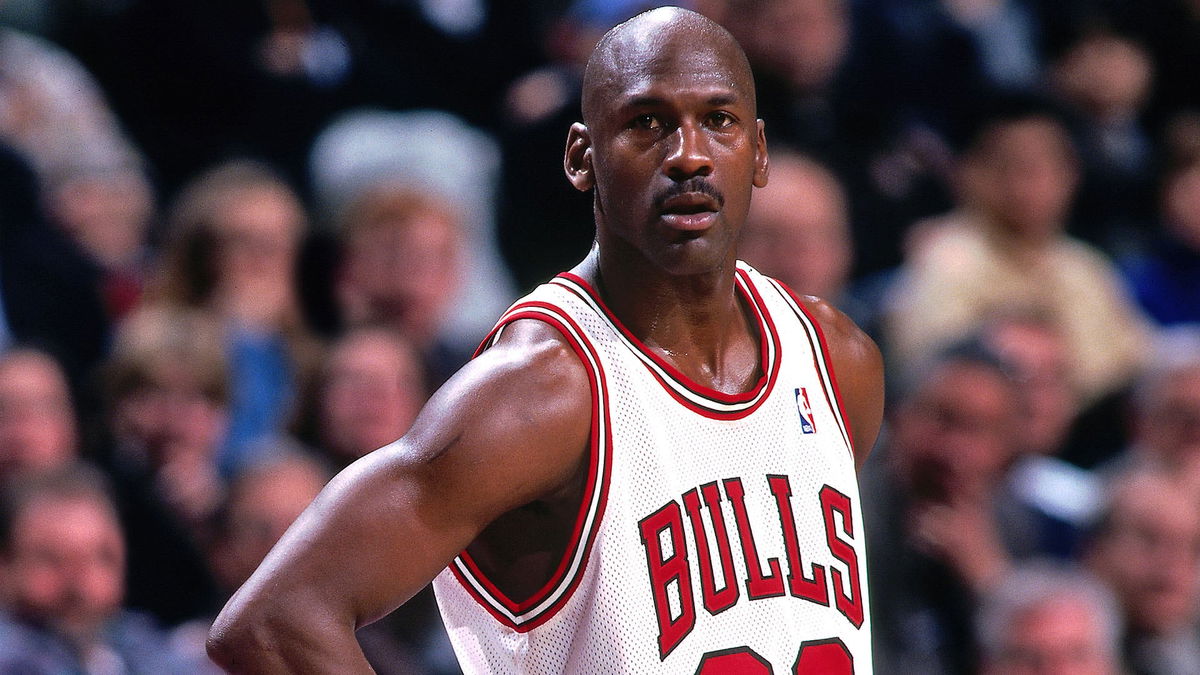

Sponsorships are the lifeblood of NASCAR. Unlike the NBA or NFL where media rights and ticket sales carry the weight, NASCAR drivers and teams simply don’t survive without brand backing. Every decal on the car, fire suit, and pit wall isn’t just marketing; it’s payroll, car development, and travel expenses. When Kyle Busch straps into his Chevrolet or Bubba Wallace climbs into the No. 23 Toyota, they’re carrying the hopes of their sponsors as much as their teams, with every lap doubling as a rolling advertisement seen by millions. And a NASCAR exec feels that the sponsorship in NASCAR is even superior to other sports like the NBA or the NFL.
Watch What’s Trending Now!
For teams, these deals determine whether they run a full season or scrape by part-time. For drivers, they can mean the difference between securing a ride or sitting out altogether. And at the sport level, sponsorships keep races accessible to fans by offsetting costs. Unlike other sports, brands in NASCAR aren’t just plastered on a backdrop, they’re part of the action itself. That difference is exactly what 23XI Racing’s Evanna Howell highlighted in her recent conversation, where she broke down why NASCAR’s marketing model leaves brands “drooling” compared to the NBA and NFL.
ADVERTISEMENT
NASCAR’s sponsorship ‘superiority’ over NBA & NFL
Evanna Howell, who is the Senior Partnerships Account Manager at Denny Hamlin & Michael Jordan’s 23XI Racing, gave fans and industry watchers a rare look behind the curtain on The Racing Writer’s Podcast. “I think what I love the most about NASCAR and working for a NASCAR team is that sponsorship is so different when you think about the NBA and the NFL. Like when you work for a specific team in a specific market, you can’t go outside of that market. And whereas here, our partners are basically almost at the center of everything we do,” she said. Howell explained that while 23XI Racing is based in Charlotte, the team can activate sponsors anywhere, even in states where they don’t race, allowing brands to engage with fans nationwide.
NASCAR has historically led the way in integrated sponsorship, dating back to the 1970s when Winston Cup branding first transformed cars into moving billboards, a model still unmatched in scale by other leagues. In a sport that holds 36 Cup Series races across 20+ states, this kind of exposure is unparalleled and demonstrates why NASCAR’s sponsorship model has historically been so attractive to brands.
Top Stories
Why Is Alperen Sengun Not Playing Tonight? Rockets-Mavs Starting 5 Revealed
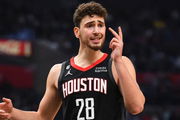
Did Luka Doncic Name His Son After Austin Reaves? Fact Checking The Viral Birth Photo
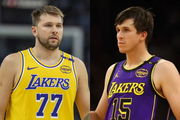
Are Kawhi Leonard, Anthony Edwards Playing Tonight? Clippers vs. Timberwolves Full Injury Report (Dec. 6)
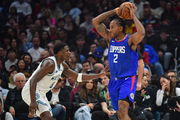
Golden State Warriors vs Cleveland Cavaliers Player Stats, Box Score and Game Recap (Dec 6) – 2025–26 NBA Season
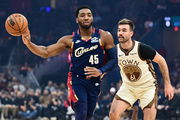
Are Stephen Curry, Jimmy Butler & Donovan Mitchell Playing Tonight? Warriors vs. Cavs Full Injury Report (Dec. 6)

To illustrate the contrast, Howell broke down how NBA and NFL teams are limited by territorial restrictions. “So like if you think about it, the Hornets, they can’t market outside of their range… they can’t promote beyond the Charlotte metro area,” she said. On average, NBA and NFL teams are restricted to roughly 75–100 miles around their home arena, which dictates where signage, retail merchandizing, and promotions can occur. Whereas for NASCAR, the teams don’t have a limited territory. Sponsors are at the center of operations, and the team works to promote the sponsor wherever it makes sense for the sponsor’s business, not just in the team’s home city.
ADVERTISEMENT
As she put it: “I think they can go down to, like, South Carolina and stuff, but outside of that metro area is where they’re limited to.” Kelly Crandall, the host, admitted, “I never thought about that… I just learned something,” highlighting how even die-hard sports fans rarely notice these limitations until they’re explained.
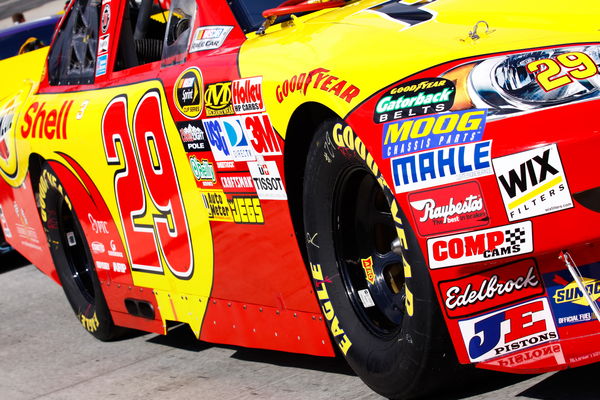
Imago
Image Credits – Dreamstime
The flexibility in NASCAR is further amplified when looking at the drivers themselves. Bubba Wallace’s No. 23 Toyota backed by DoorDash, Tyler Reddick’s No. 45 Monster Energy Toyota, Kyle Busch in his Chevrolet with M&M’s and other sponsors, and Denny Hamlin’s multiple Cup Series cars illustrate how one sponsor can appear across different drivers and even across Xfinity, Truck, and Cup Series. “Our reach is just so massive and the opportunity that we have here is just so different than any other professional sports team,” Howell emphasized.
ADVERTISEMENT
And now, that reach also includes digital newsletters landing directly in fans’ inboxes, online communities where fans interact with sponsored content, and gamified platforms where brands can run promotions, making sponsorship more measurable, interactive, and year-round than in the NBA or NFL.
ADVERTISEMENT
NASCAR launches Substack newsletter
The launch of NASCAR’s Substack newsletter makes it the first major sports league to join the platform, along with its expansions into platforms like Discord and Roblox. This represents a new frontier for sponsorship activation. “NASCAR on Thursday will launch its first-ever Substack newsletter, becoming the first major sports league to partner with the email platform”, NASCAR chief brand officer Tim Clark told Axios. The purpose of this? Clark says, “to provide younger fans with a closer connection to drivers and their stories off the racetrack…”
It will be written by NASCAR’s in-house editorial team, featuring stories and content around drivers and the stories behind them. The launch timing holds significance, too. It starts right before the playoffs are about to kick off.
Meanwhile, the sport is also seeing major developments in traditional sponsorship. O’Reilly Auto Parts recently took over as the new title sponsor of NASCAR’s Xfinity Series, marking the largest title sponsorship deal in the series’ history. This demonstrates that while NASCAR is innovating digitally, it continues to secure significant brand partnerships on the track, ensuring both legacy and modern sponsorship opportunities are thriving.
ADVERTISEMENT
By embracing digital platforms like Substack while continuing to secure headline-making partnerships such as the O’Reilly Xfinity deal, NASCAR isn’t just modernizing its fan engagement; it’s reinventing the way sponsors can activate campaigns. From die-cast cars in stores to social media integrations and now curated newsletters, brands gain multiple touchpoints across the NASCAR ecosystem, reinforcing the sport’s reputation as one of the most sponsor-friendly in professional sports.
ADVERTISEMENT
ADVERTISEMENT
ADVERTISEMENT

